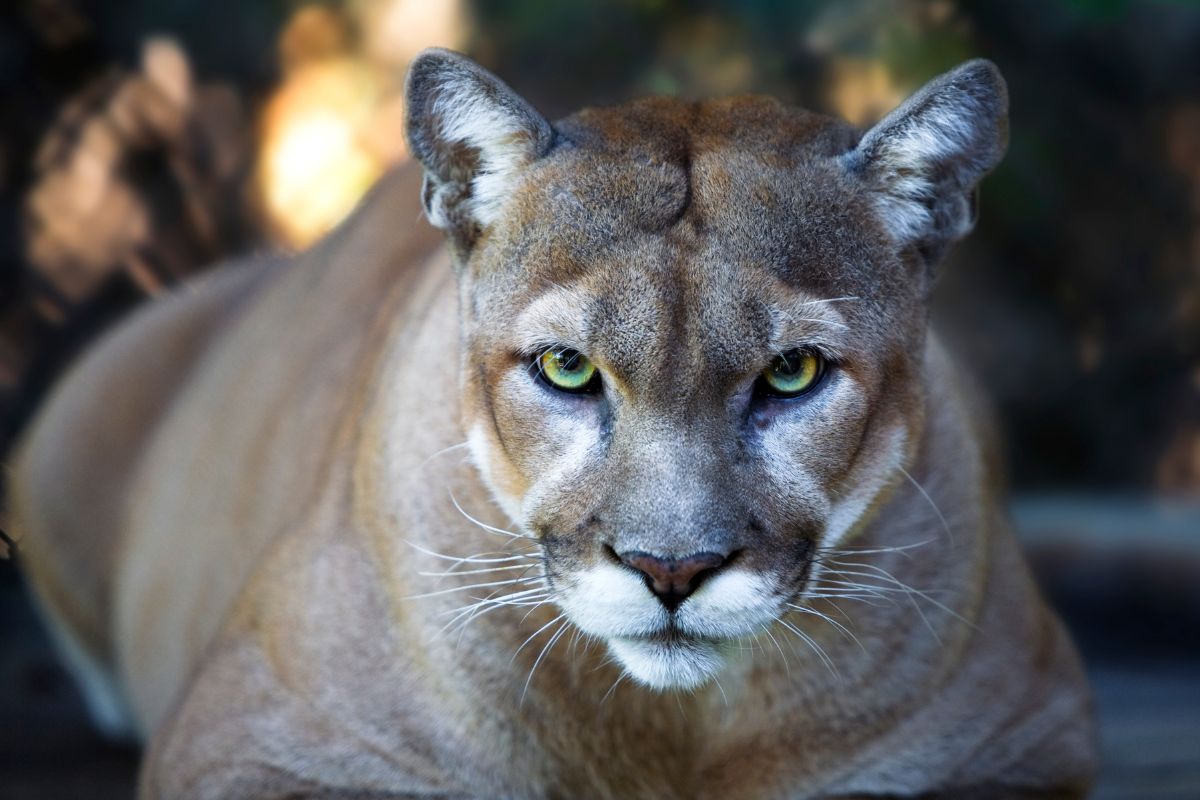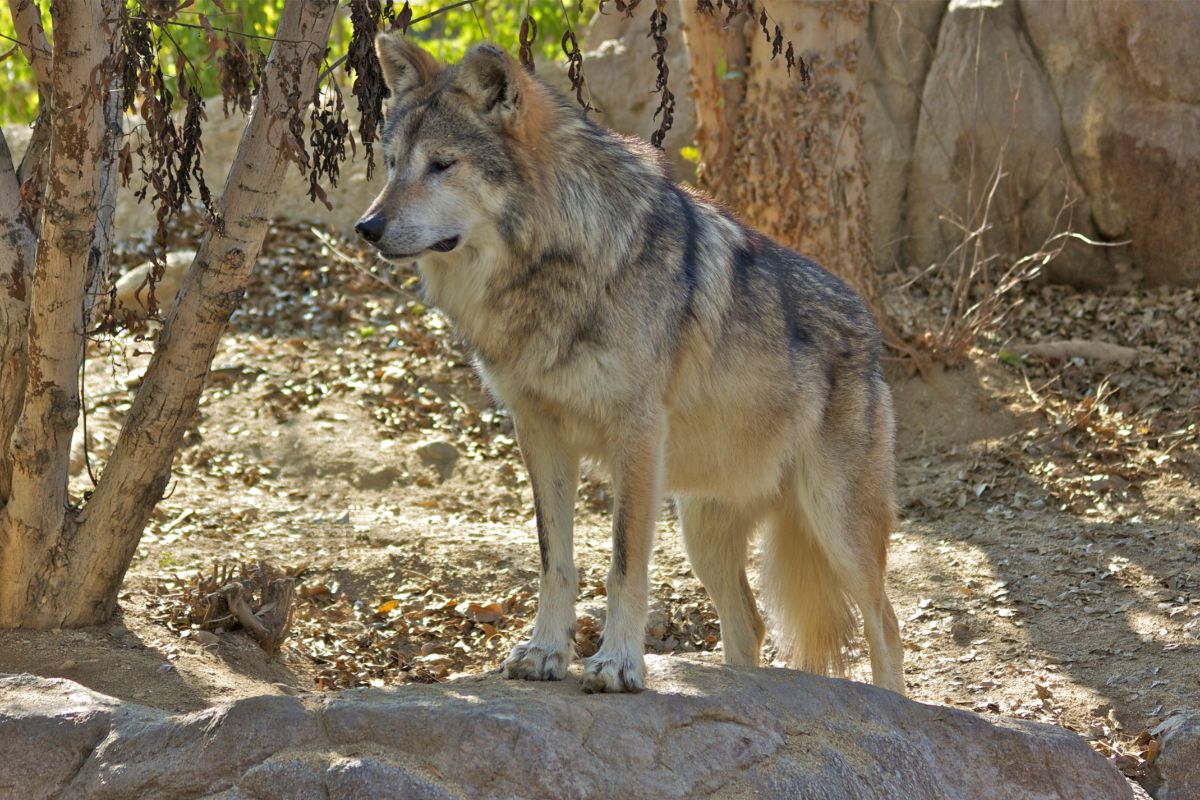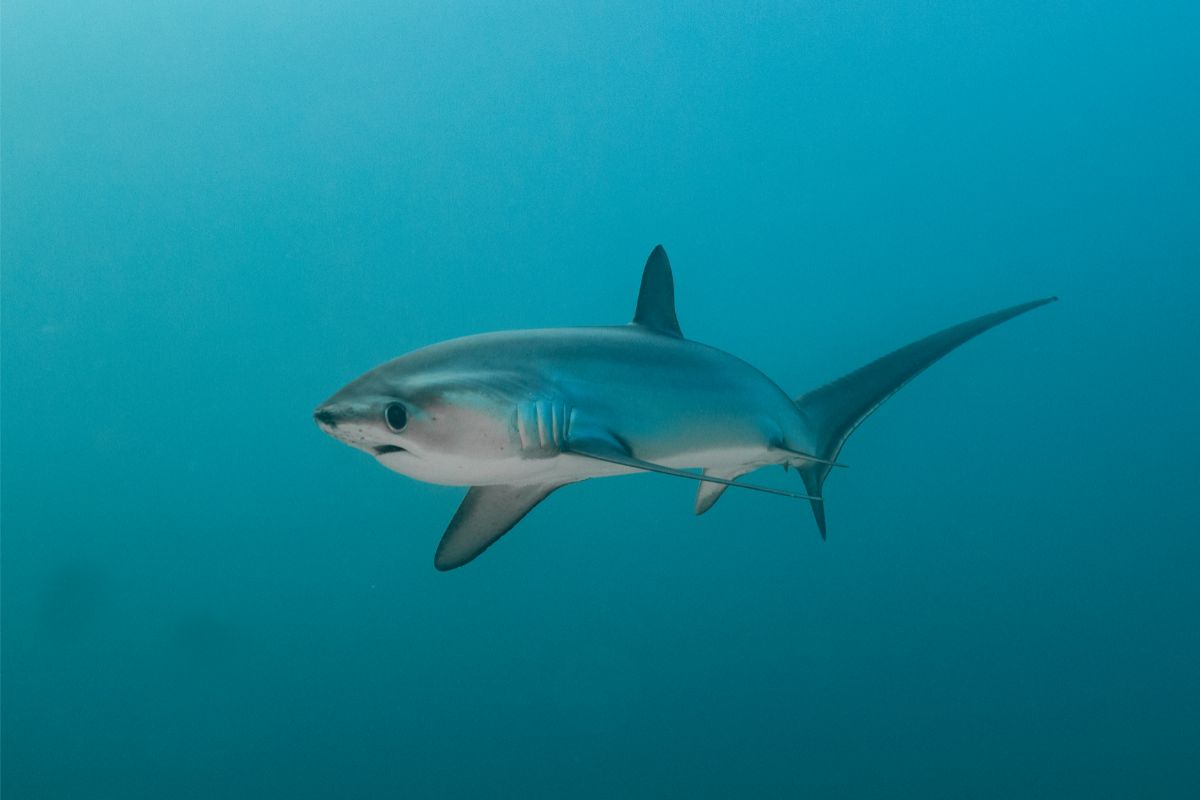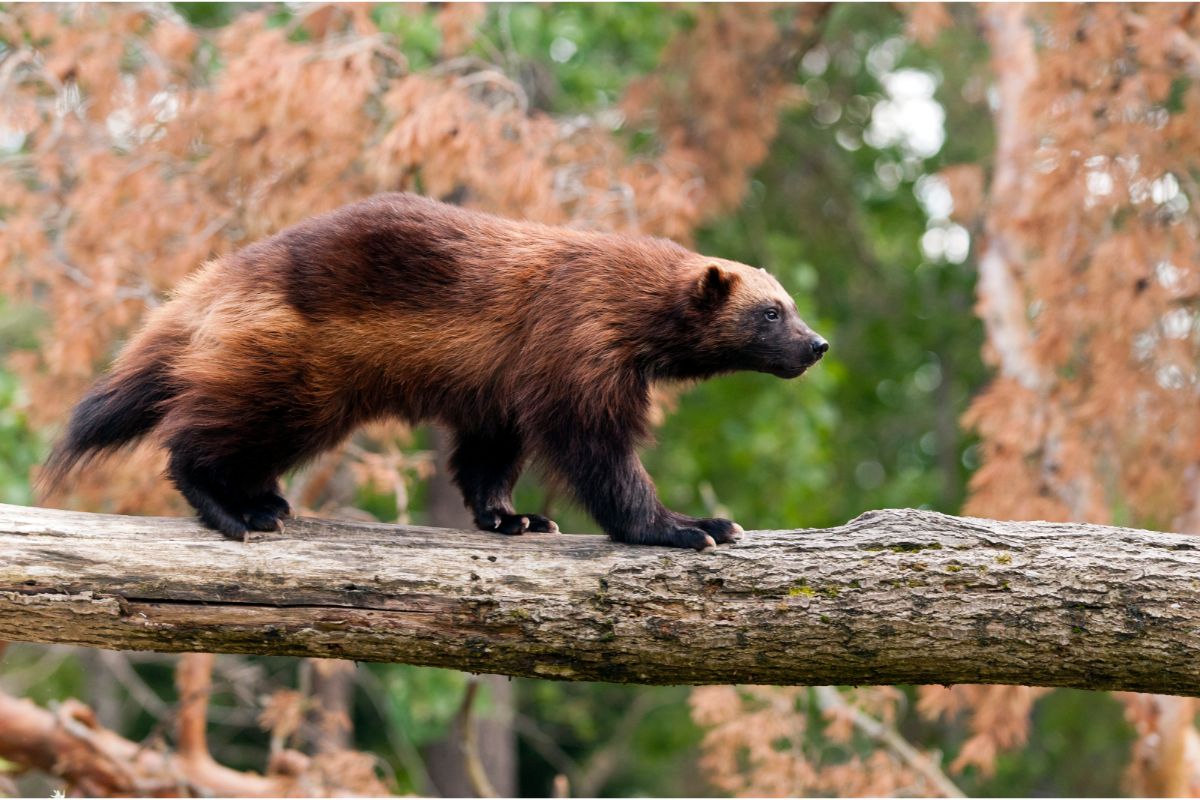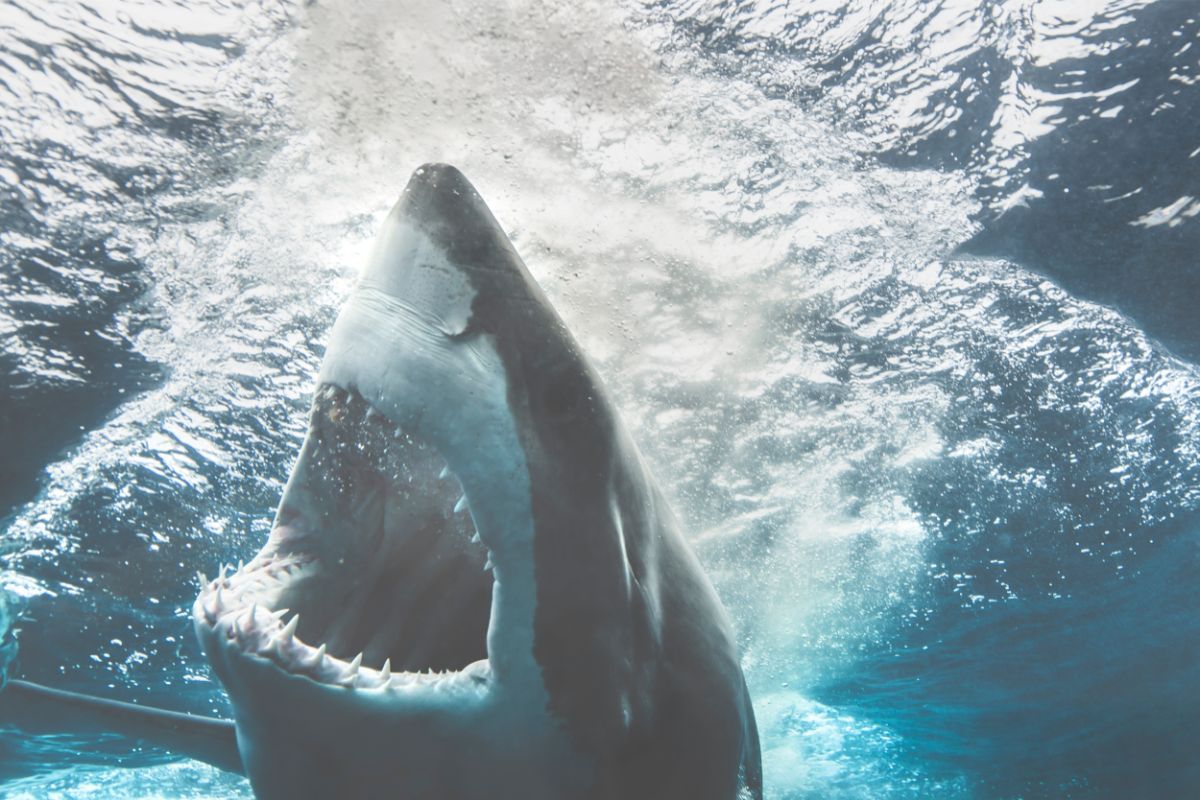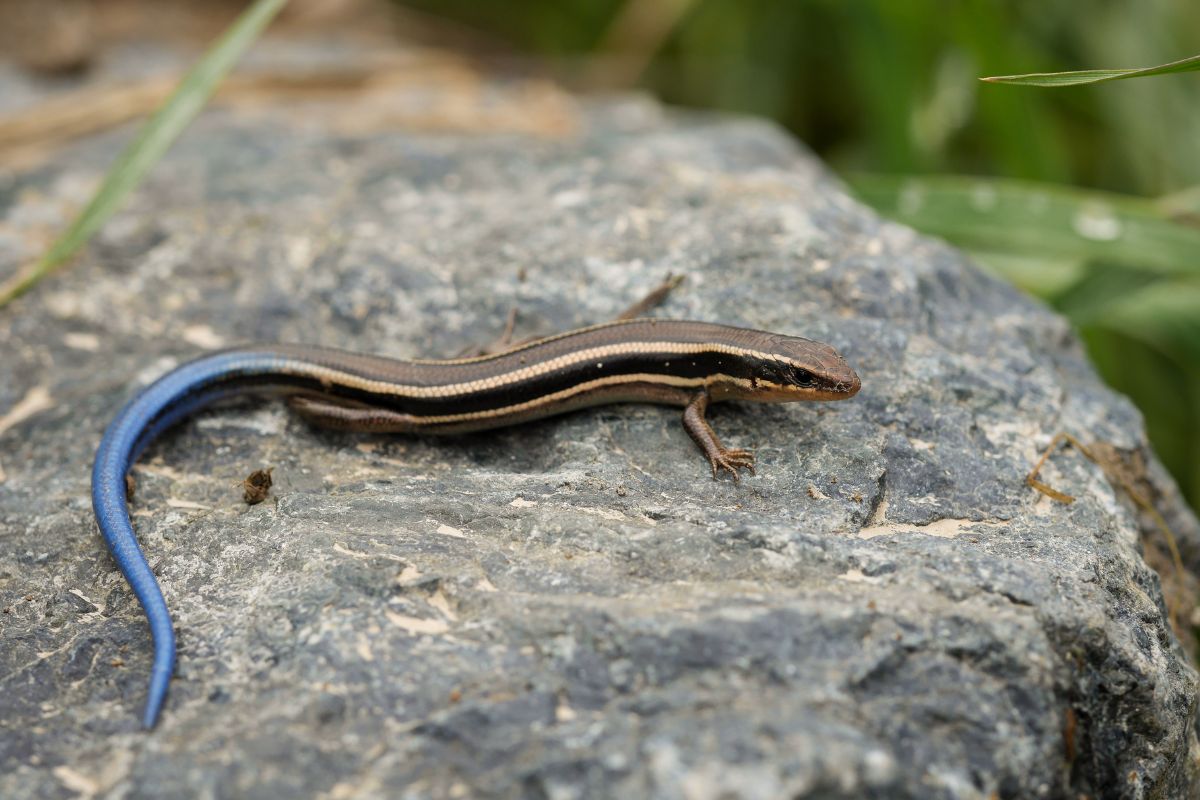Though sightings of a Florida panther are increasingly rare, the creature could become extinct. By creating new cities and harboring housing with commercial development, the panther’s natural habitat will be threatened.
Vehicle collisions are becoming a real threat as more Florida panthers are forced to move from their natural habitat.

In this article, we will look at why the Florida panther needs to be looked after, the threat of population growth, the history of Florida panthers, and how to look after Florida panthers.
Why The Florida Panther Needs To Be Looked After?
Simply to look at a Florida panther is to see a majestic creature that roams in the wild.
The Florida panther is also the sole remaining large feline in the southeastern states and you have to go a long way to find another one. Over 1,000 miles in fact to find the western puma population.
This is a stealthy and reserved predator with fantastic power and physical grace so it should be cherished, as should its habitat.
The Threat Of Population Growth
Though experts had said that the panther population in Florida was on the rise, it will be pushed back to the brink of extinction if it is not protected.
This is largely due to the effects of population growth and how limited the creature’s habitat is in Florida.
While the panther population did rise from a few dozen in the 1970s to more than a hundred, the population of humans in Florida has also grown, from almost 7 million to close to 20 million.
With an increased demand for homes and highways, comes a reduction in the vacant land mass in the state.
The panthers in Florida tended to range across the southeastern states but now roadkill is a major threat due to continued development.
As the population of Florida panthers tentatively grows, so does the likelihood of interaction with humans and livestock. With a rising human population comes more housing development and highways to service them.
This development impinges on a Florida panther’s natural habitat as well as fragments and degrades it with air pollution.
A loss of natural habitat also increases the chances of male Florida panthers coming into contact with each other and clashing. These clashes could have fatal consequences yet with more room to roam, the chances of these encounters reduces.
Florida panthers also enjoy absolute isolation yet with less habitat comes an increased vulnerability to parasites and fatal diseases.
The History Of Florida Panthers
The Florida panther is a subspecies of the cougar and has been an elusive resident of the state. In 1981, a statewide poll decreed that the creature was selected by schoolchildren to be Florida’s official state animal.
This elusiveness does not just solely represent the state of Florida as the vulnerable creature is the most endangered large feline in North America. When it was selected as the state’s official state animal, its numbers were seriously dwindling.
Those numbers have recovered somewhat yet the continued development to cater to a rising human population has put this in doubt.
The big cats still remain at risk and are protected by the Endangered Species Act of 1973. If protections can be put in place for the pinelands and forested swamps of Florida then the panther may thrive.
How To Look After Florida Panthers
As the panthers’ wild habitat continues to diminish, there should be an increased concern over how the land is developed in the state of Florida.
More room should be protected for the panther population and more efforts made to educate the residents on how to manage the survival of panthers.
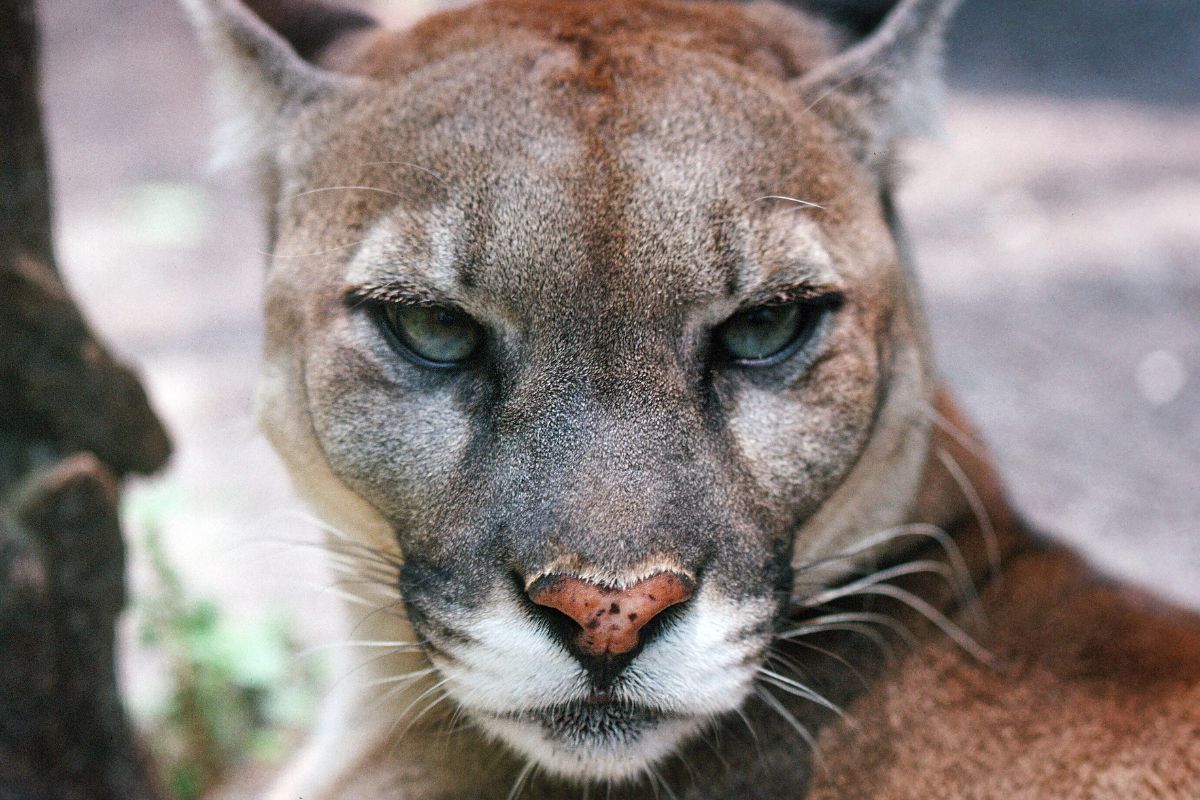
If more people knew how to exist in landscapes that are ranged by such large mammals then there may not be such a fear factor. Fewer roads would also aid the population of Florida’s panthers as road kill becomes an increasingly prevalent problem.
There are certain protections in place that should prevent further human development. Particularly, the US Fish and Wildlife Service has recognized a primary zone for Florida panthers.
Looking after this zone is essential for the survival of the species with their important habitat which means resisting development plans. Not only would conservation of this habitat protect Florida panthers but also several other rare wildlife species.
Thankfully, the Florida panther has few natural predators, aside from alligators, so the real threat remains from humans.
This is something that can be controlled and managed to prevent vehicle collisions and a reduction in habitat from becoming an increasingly prevalent problem.
Final Thoughts
Humans can control the destiny of this precious big cat by curtailing development, particularly in southwest Florida’s rural areas.
Numerous plans have been made to develop thousands of acres of pasture and woodland which would present a serious threat to the Florida panther.
Thousands of new homes would be built at a huge cost to the survival of these precious creatures as roadways would be constructed as well as gravel and sand mining operations.
The more that is done to curtail such plans, the more chance the Florida panther has of surviving.
Frequently Asked Questions
Why Were The Florida Panthers Initially Threatened?
In the years following 1832, Florida panthers were extensively hunted after a bounty on the species was created.
These elusive creatures were seen as a threat to livestock, game animals, and even humans so kills were rewarded. By the mid-1950s, these hunting efforts nearly made the Florida panther extinct.
Their survival is still under threat as their habitat remains open to being developed to cater to a rising human population in the state.
What Would Be The Consequences If The Florida Panther Was Extinct?
Not only would Florida be losing its state animal but the ecosystem would also be damaged. The Florida panther is a predator that helps control prey populations and scopes out the weak, sick, and very old.
This practice improves stock breeding populations, lowers the passing of genetic defects, and reduces disease, but nutrients are recycled in the ecosystem too. Without the Florida panther, the cougar population as a whole would be threatened too.
- What Do Squirrels Eat? Learn About Their Diet and Winter Survival - October 14, 2024
- What Do Raccoons Eat? Discover Their Diet and Eating Habits - October 6, 2024
- What do foxes eat? - October 5, 2024

